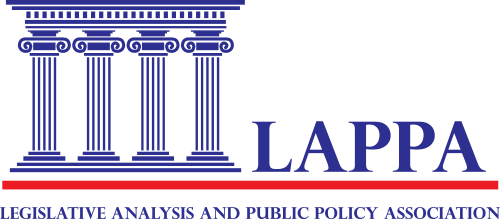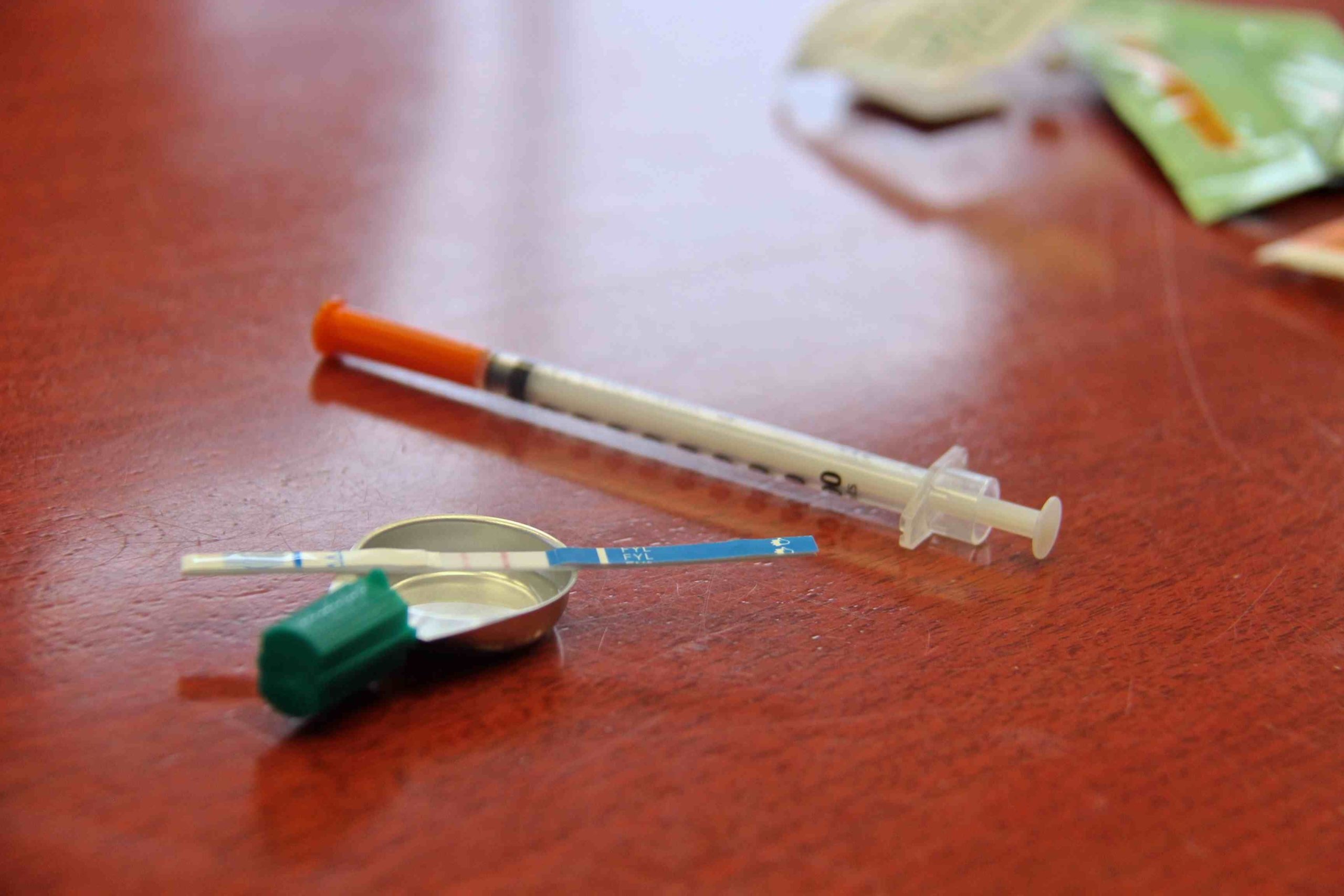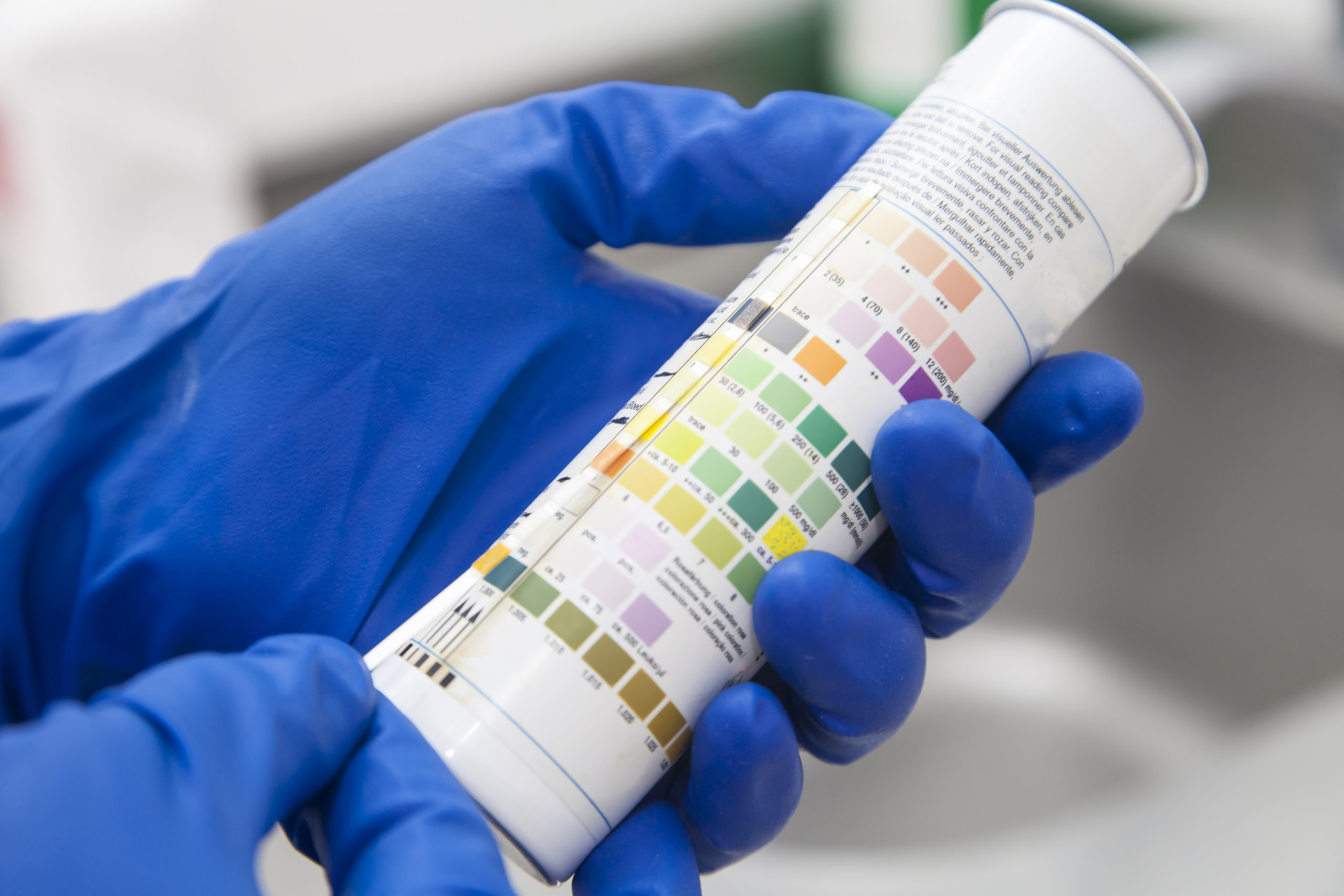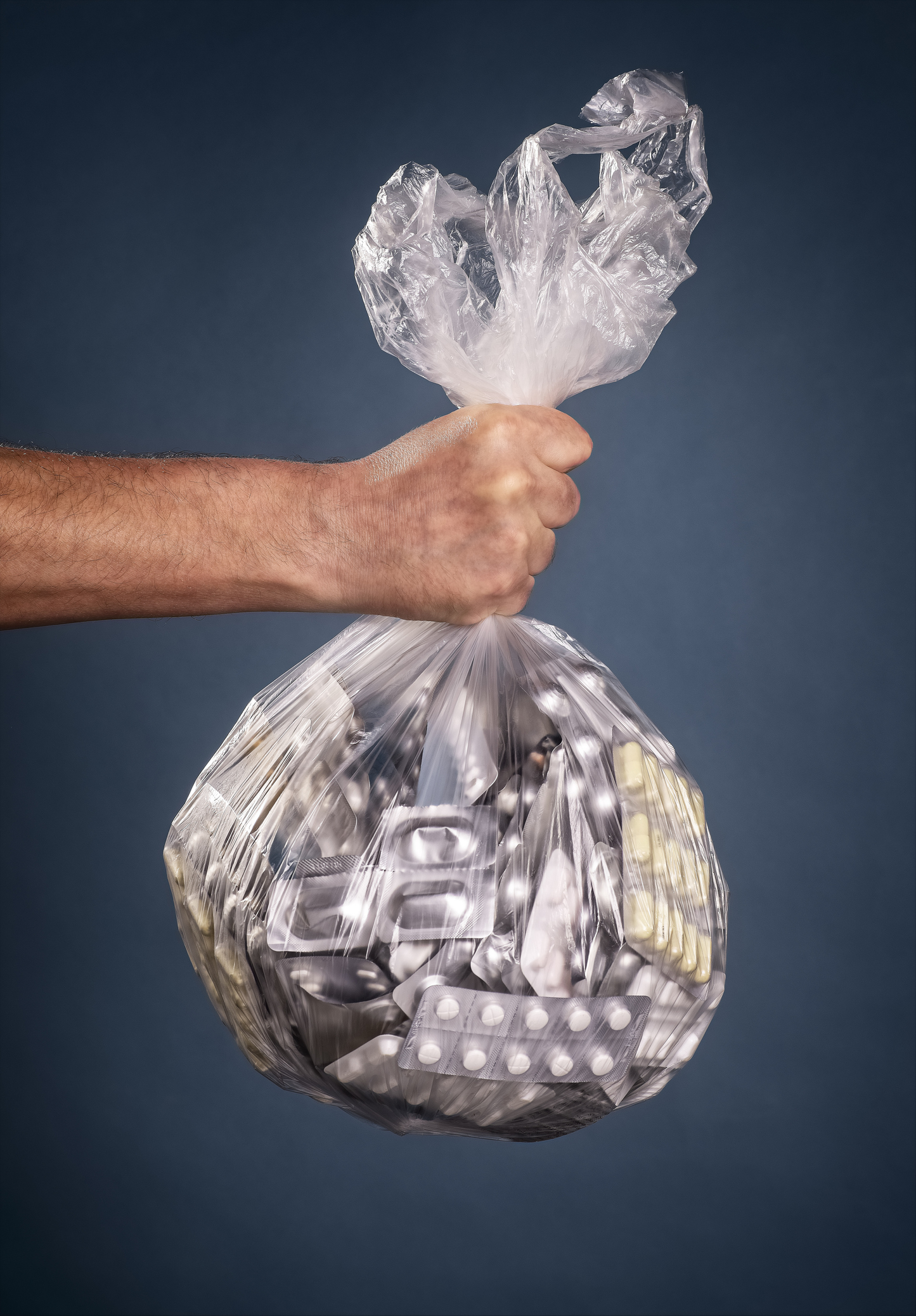MATTERS (Medication for Addiction Treatment & Electronic Referrals)
To complement the opioid prescribing guidelines that the University of Buffalo Department of Emergency Medicine established in 2016, Dr. Joshua Lynch developed the Medication for Addiction Treatment and Electronic Referrals (MATTERS) program. He saw the need for MATTERs because the “window of opportunity” to help someone with a substance use disorder is small, and he wanted to immediately link a patient who had overdosed to a treatment program that is right for that individual....










